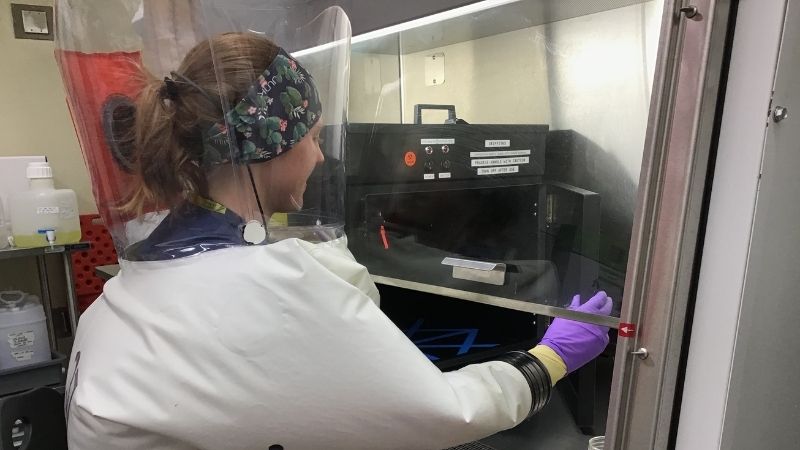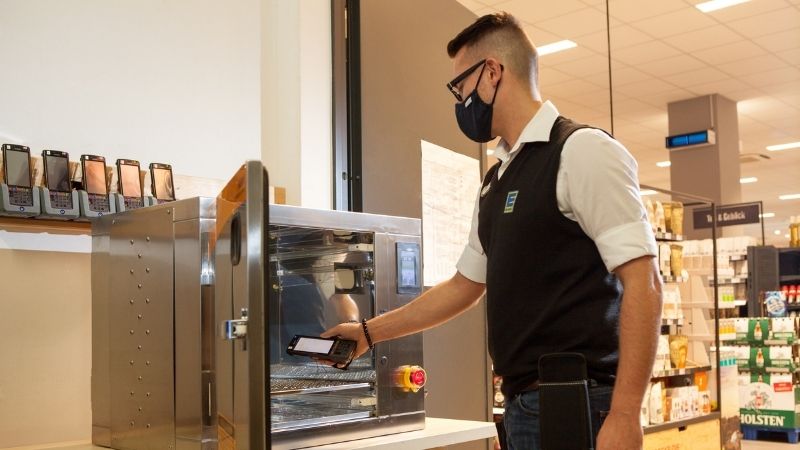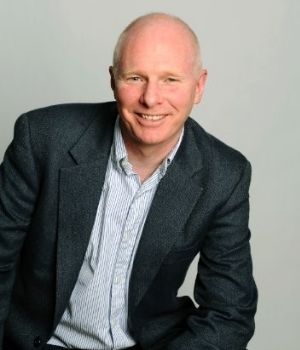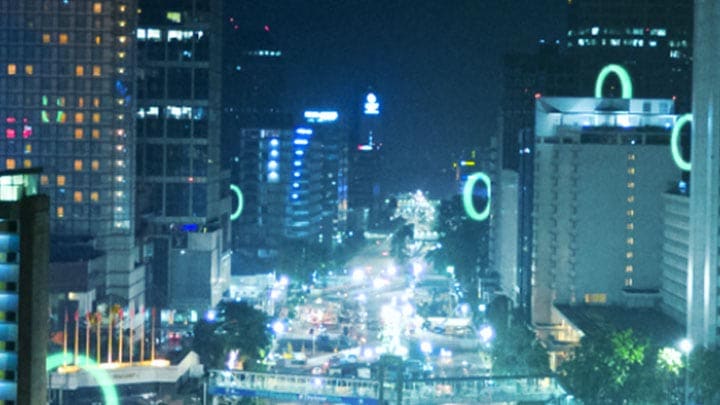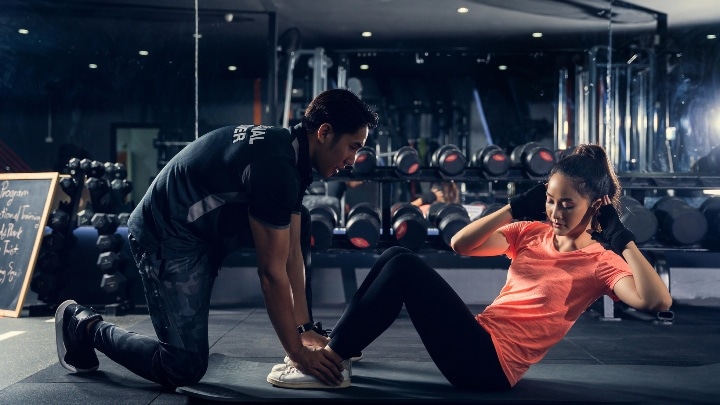February 12, 2021
Signify argues that UV-C lighting should play a part in a post-pandemic world and feature in European recovery plans.
UV-C lighting has long been used as a disinfectant against deadly microorganisms, but its true potential, Signify says, is yet to be realised.
Ultraviolet-C (UV-C) is a type of electromagnetic radiation that consists of wavelengths between 100-280 nanometres. At a wavelength of 254nm it is highly effective in breaking down the DNA and RNA of viruses, effectively inactivating them and rendering them harmless.
While the antimicrobial potential of UV-C isn’t new, the widespread need for the technology until recently was confined to niche markets. That was, until the COVID-19 pandemic.
But, as we move towards a post-pandemic world, there’s a strong case for UV-C to become normalised in the mitigation of viruses. What’s more, says Signify, the technology should feature prominently in national recovery plans being thrashed out across Europe.
